|
Getting your Trinity Audio player ready...
|
Social media can be a double-edged sword. While it offers a platform to connect with like-minded individuals and showcase your professional skills, it also opens the door to criticism and negativity.
For professionals on LinkedIn, this negativity can come in the form of negative comments on posts or articles and group discussions and mentions.
Negative comments can be a blow to the ego, but it’s important to remember that not everyone will agree with you. In fact, the more successful you are, the more criticism you’re likely to receive. But don’t let the haters get you down!
But don’t let the haters get you down!
Instead of shying away from these comments, use them as an opportunity to show your professionalism and engage with your audience on LinkedIn.
Make sure to use the right approach to deal with negative comments on LinkedIn. Doing so will let you turn a negative comment into a positive conversation and maybe even a new business opportunity.
But how can you handle negative reviews and comments more gracefully? And how do brands handle negative comments on LinkedIn, you ask?
Put on your thick skin, and let’s dive into the world of handling negative comments on LinkedIn! Whether you’re facing constructive criticism or just plain meanness, we’ve got you covered. Get ready to turn those frowns upside down!
In this article, we’ll show you how to handle negative comments on LinkedIn with grace and confidence. Read on!
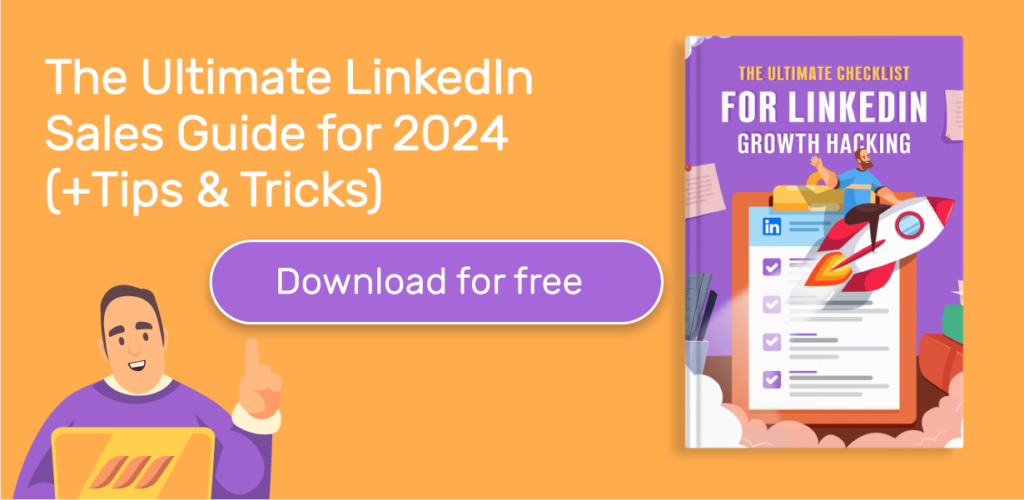
What to Do When Responding to Negative Comments
It’s no secret that negative comments can be tough to handle, but with the right approach, you can turn a potentially negative situation into a positive one.
The next time you receive a negative comment on LinkedIn, remember these 6 do’s to handle it gracefully and professionally.
1. Do stay calm and composed
The first and most important rule of responding to negative comments is to stay calm and composed.
Take a deep breath, count to ten, and remember that the internet can bring out the worst in people. Responding with anger or frustration will only escalate the situation and make things worse.
2. Do acknowledge the comment
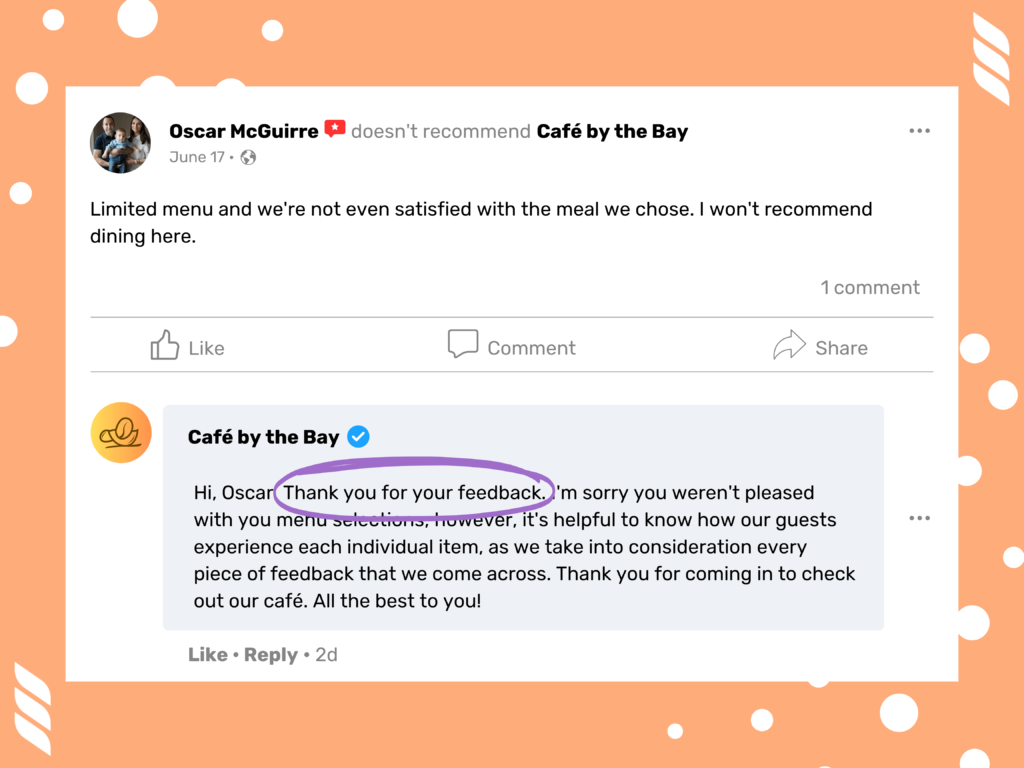
Acknowledge the comment and show that you’re listening. A simple “Thank you for your feedback” can go a long way in diffusing the situation. This shows that you’re approachable and open to constructive criticism.
3. Do provide context
Provide context to clarify the situation if the negative comment is based on a misunderstanding or incorrect information. This shows that you’re professional and willing to educate others.
4. Do offer a solution
If the negative comment concerns a specific problem or issue, offer a solution. This shows that you’re proactive and that you care about resolving the issue.
5. Do keep it professional
Regardless of the nature of the negative comment, always keep your response professional. Avoid using personal insults or sarcastic comments, as this will only worsen things.
6. Do take it offline
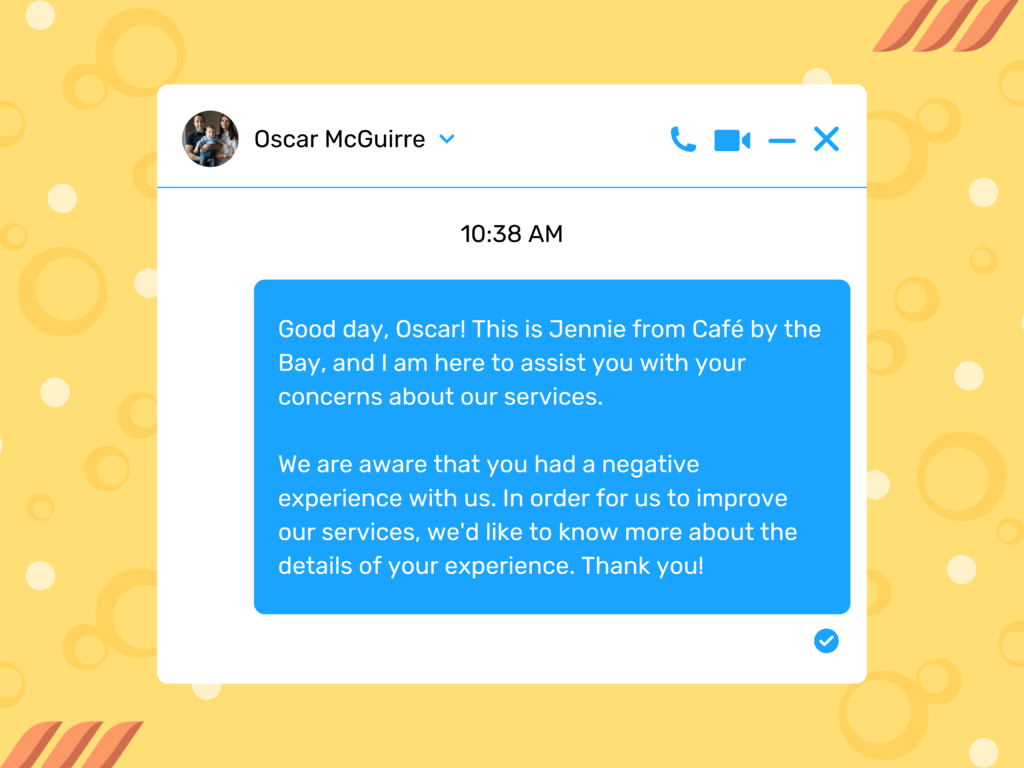
If the negative comment becomes personal or attacks your character, it may be best to take the conversation offline. You can send a private message or email to continue the conversation in a more controlled environment.
Read also: Social Media Hacks to Grow Your Brand
What NOT to Do When Responding to Negative Comments
Negative comments are a part of the social media landscape, but they don’t have to be a source of stress or frustration. By avoiding these 6 don’ts, you can respond to negative comments professionally and engage with your audience instead.
1. Don’t ignore the comment
Ignoring a negative comment will not make it go away, and it can even worsen the situation. Responding to the comment shows that you’re engaged and professional.
2. Don’t take it personally
Remember that negative comments are not a reflection of your worth or abilities. Don’t let negative comments get to you, and never respond in a personal way or attack the individual who commented.
3. Don’t get defensive
Getting defensive in response to a negative comment will only escalate the situation and make things worse. Instead, stay calm and approach the situation objectively.
4. Don’t make excuses
Making excuses for the issue at hand only shows that you’re not taking responsibility for the situation. Instead, acknowledge the issue and offer a solution.
5. Don’t hurl insults
Responding to negative comments with personal insults or sarcasm will only worsen the situation and damage your professional reputation. Always keep your response professional and respectful.
6. Don’t get into arguments
Getting into arguments with individuals who leave negative comments will waste your time and energy. Instead, focus on finding a solution and constructively resolving the issue.

How to Handle Negative Comments on Social Media?
While social media is a great way to connect with others, build your brand, and showcase your talents, it also opens you up to criticism and negativity.
Don’t let the trolls get the best of you! Always remember to handle negative comments on social media with ease and grace.
But what to say to a negative comment on LinkedIn? And how to manage your brand reputation crisis?
The first step in handling negative comments is to remain calm and composed.
It’s easy to get defensive and respond with anger, but that will only escalate the situation and make things worse. Instead, take a deep breath and approach the situation objectively. Remind yourself that the internet can bring out the worst in people and that a negative comment is not a reflection of your worth or abilities.
By responding with a professional demeanor, you’ll show your critics that their negativity won’t bring you down.
Acknowledge the negative comment and show that you’re listening. A simple “Thank you for your feedback” can go a long way in diffusing the situation and showing that you’re approachable and open to constructive criticism.
If the negative comment is based on a misunderstanding or incorrect information, use the opportunity to provide context and clarify the situation. This shows that you’re professional and willing to educate others and can help to resolve the issue positively.
Taking the conversation offline is the best approach if the negative comment becomes personal or attacks your character. You can send a private message or email to continue the conversation in a more controlled environment.
So the next time you receive a negative comment on social media, remember these tips and handle it like a boss!
Read also: Best Social Media Automation Tools
How Can Negative Comments on LinkedIn Damage Your Reputation?
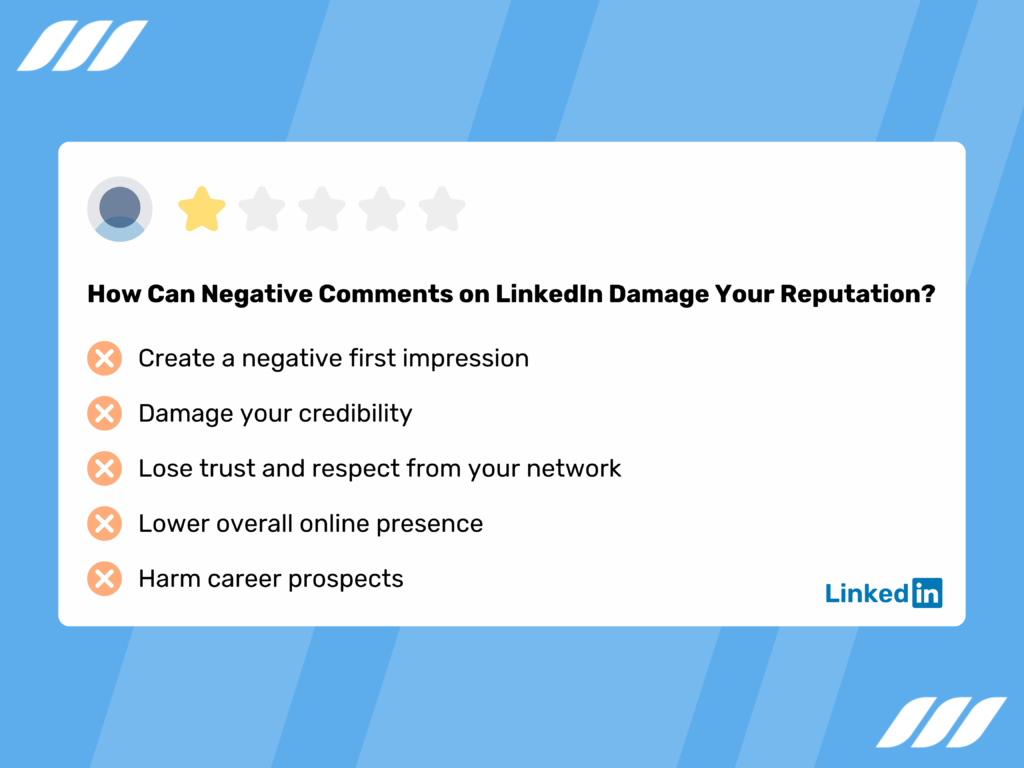

Negative comments on LinkedIn can seriously impact your personal brand and professional reputation.
When potential employers, colleagues, or business partners come across a negative comment about you on LinkedIn, it can create a negative first impression and damage your credibility. It can also lead to losing trust and respect from your network.
What’s more, negative comments on LinkedIn can spread quickly and reach a wide audience. The platform is designed to be a professional networking tool, and negative comments can be perceived as unprofessional and damaging to your image. They can also lower your overall online presence, making it difficult for you to build a strong and positive personal brand.
Plus, negative comments on LinkedIn can harm your career prospects. If potential employers come across negative comments about you, they may be less likely to consider you for job opportunities. This can limit your chances of landing a new job, advancing your career, or building valuable professional relationships.
Finally, negative comments on LinkedIn can be difficult to remove, especially if they are made by someone having more followers. The negative comments can persist even after they have been addressed and resolved, and they can continue to affect your reputation and credibility long after they have been posted.
To protect your reputation and personal brand on LinkedIn, it’s important to stay vigilant and respond to negative comments in a professional and effective manner.
Should You Delete Negative Comments on LinkedIn?
Whether or not to delete negative comments on LinkedIn is a question that many people struggle with.
For one, deleting negative comments can seem like the easiest way to make them disappear and avoid further damaging your reputation. On the other hand, deleting negative comments can create the perception that you’re trying to hide something or that you’re not open to constructive criticism.
So, instead of deleting negative comments, it’s better to address them in a professional and transparent manner.
Responding to negative comments demonstrates your willingness to listen to feedback and shows you’re open to hearing other perspectives. It can also help to diffuse the situation and prevent the negative comment from spreading to a wider audience.
But it’s important to be selective when responding to negative comments. If the negative comment is personal or attacks your character, it may be best to ignore it or take the conversation offline. However, if the negative comment is based on incorrect information, it is a good idea to use the opportunity to educate and clarify the situation.
By responding to negative comments thoughtfully and professionally, you can protect your reputation and maintain a positive image on LinkedIn.
Read also: Best Social Media Scraping Tools




Top 7 Review/Reputation Management Tools
Negative reviews and comments can damage your credibility, harm your career prospects or brand, and even affect your mental health. That’s why it’s important to take control of your online reputation and manage your reviews and comments effectively.
The good news is that there are many tools available to take control of your online reputation.
Related article: How to Ask for Reviews
Here are the top 7 tools to manage your reputation and reviews online:
1. Google Alerts
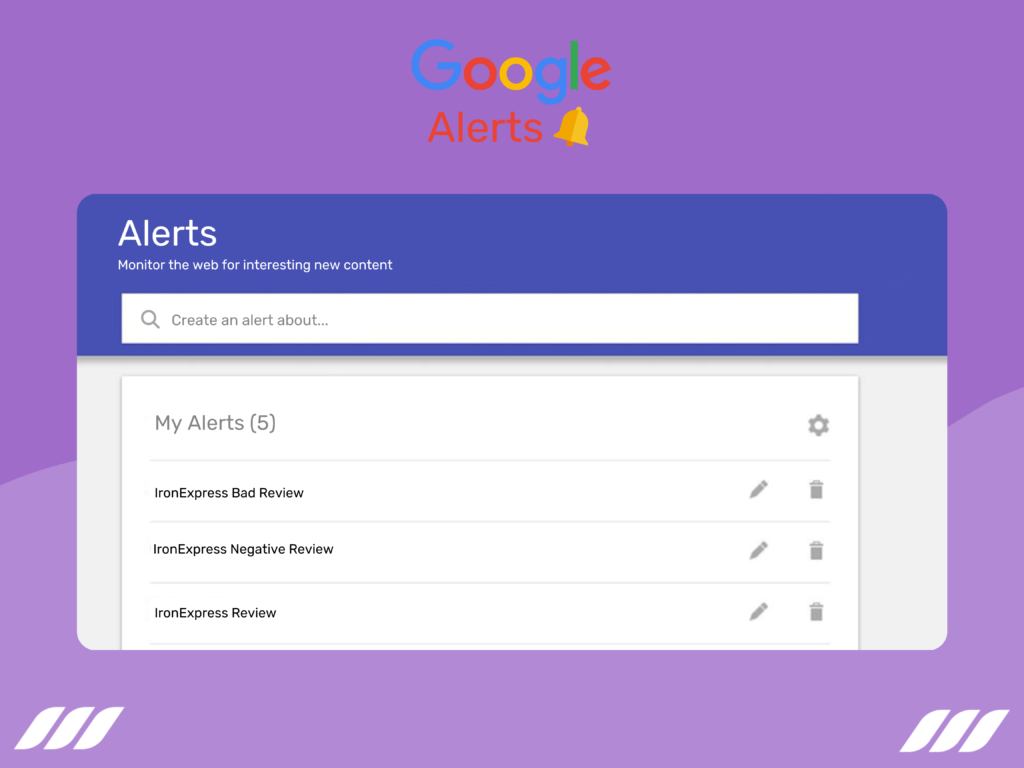

Google Alerts is a free and easy-to-use reputation management tool that allows you to monitor online reputation and track mentions of your name, brand, and keywords across the web.
Simply set up alerts for the keywords you want to track, and Google will send you email notifications whenever these keywords appear in new web content.
Using this tool, you can stay on top of your online reputation and respond to negative comments and reviews in a timely and effective manner.
Google Alerts is useful for individuals and small businesses that are looking for an affordable and accessible solution for reputation management.
2. Ahrefs
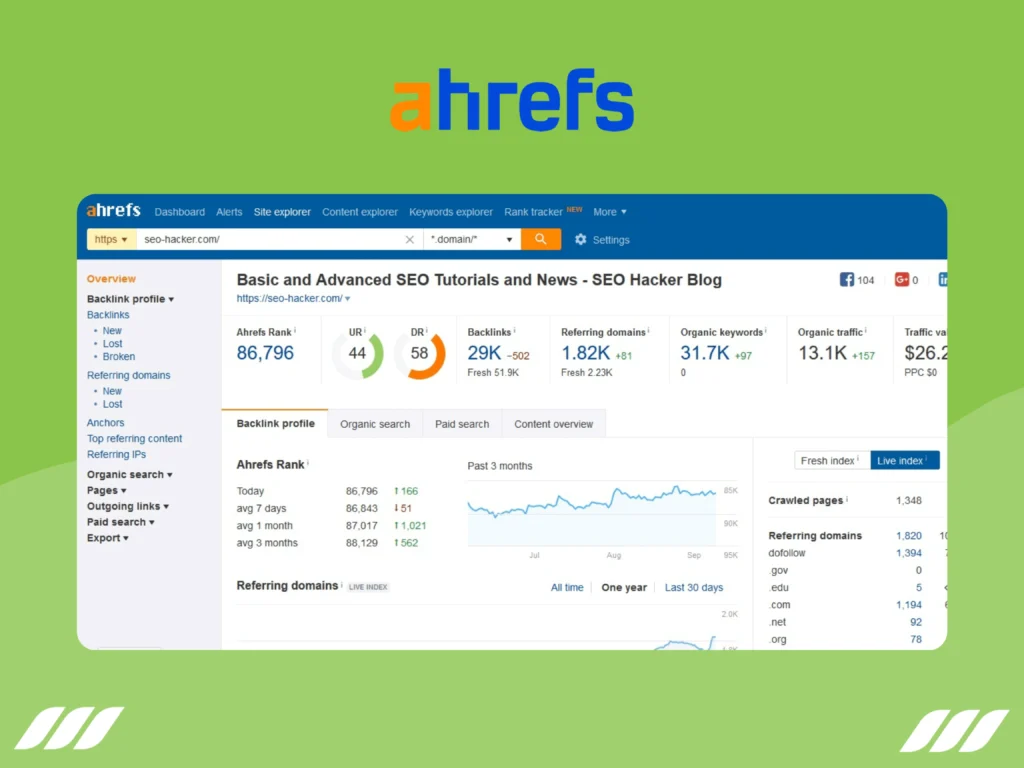

Ahrefs is a powerful SEO and marketing tool that can also be used for reputation and review management.
Ahrefs allows you to track and monitor your online presence, including mentions of your brand, name, and keywords, across the web. It gives you valuable insights into your online reputation and identifies potential issues before they escalate.
Additionally, Ahrefs provides detailed analytics on your online presence, including the sources and types of mentions, and helps you determine the impact of these mentions on your reputation.
This tool is particularly useful for businesses and individuals looking to enhance their online presence and protect their reputation.
3. Hootsuite
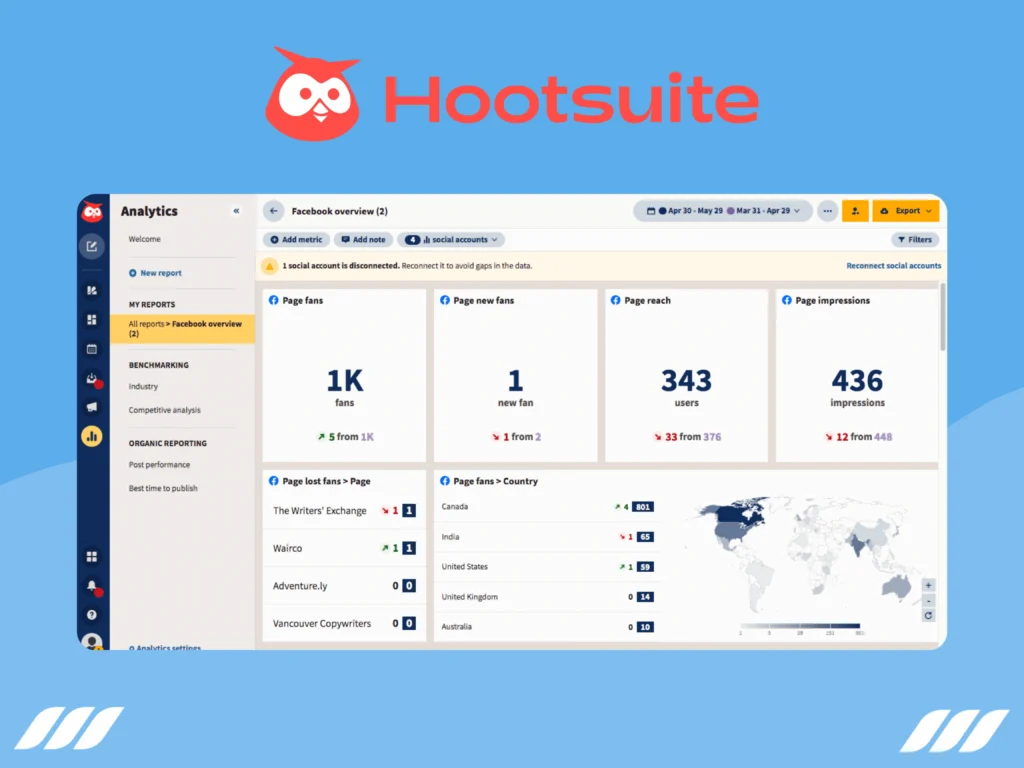

Hootsuite is a social media management tool that allows you to monitor and manage your online reputation across multiple platforms, including LinkedIn.
With Hootsuite, you can track mentions of your name, brand, and competitors and respond to comments and reviews in real time.
4. Brand24
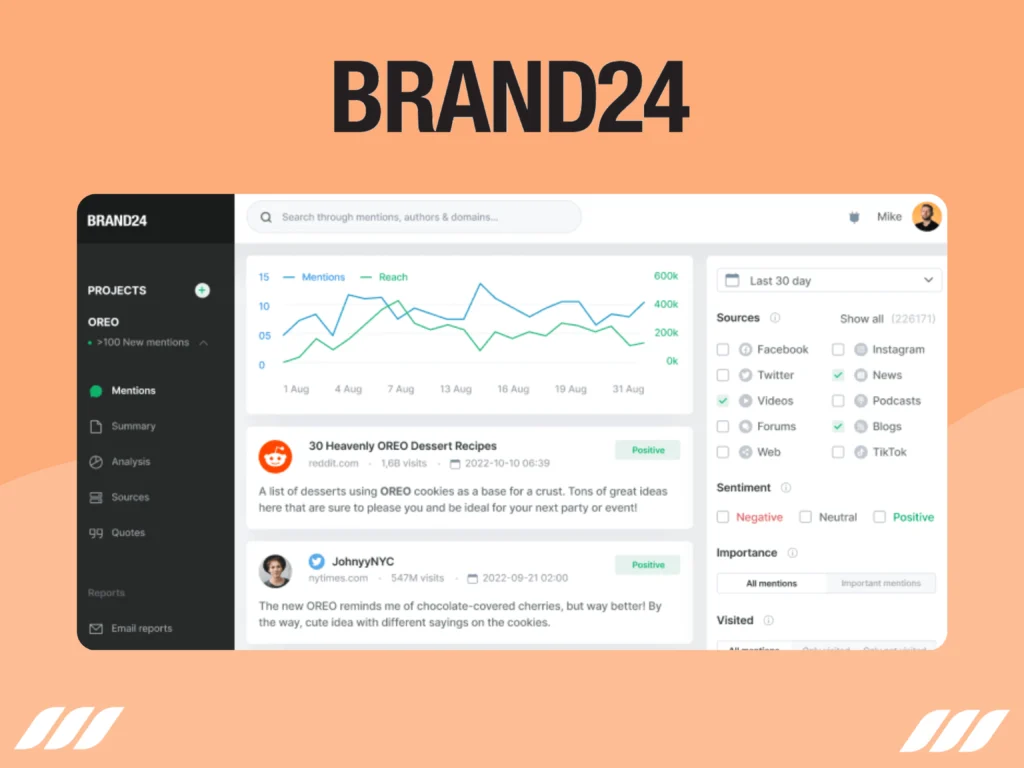

Brand24 is a real-time brand monitoring tool that allows you to track mentions of your brand across the web.
You can set up alerts for keywords and phrases and receive notifications whenever your brand is mentioned online.
This allows you to respond quickly to negative reviews and comments and mitigate any potential damage to your reputation.
5. Reputation.com
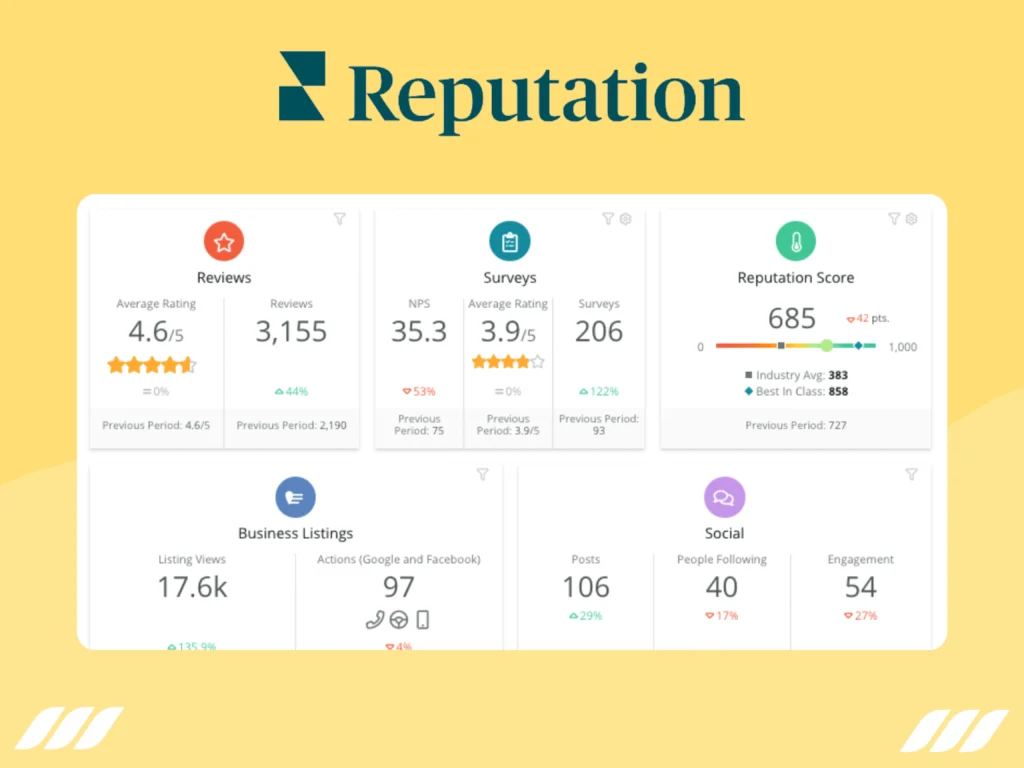

Reputation.com is a comprehensive reputation management tool that allows you to monitor your online reputation, manage your reviews and comments, and boost your search engine visibility.
With Reputation.com, you can track your online reputation across multiple platforms, including LinkedIn, and respond to negative comments and reviews in real time.
6. ReviewPush
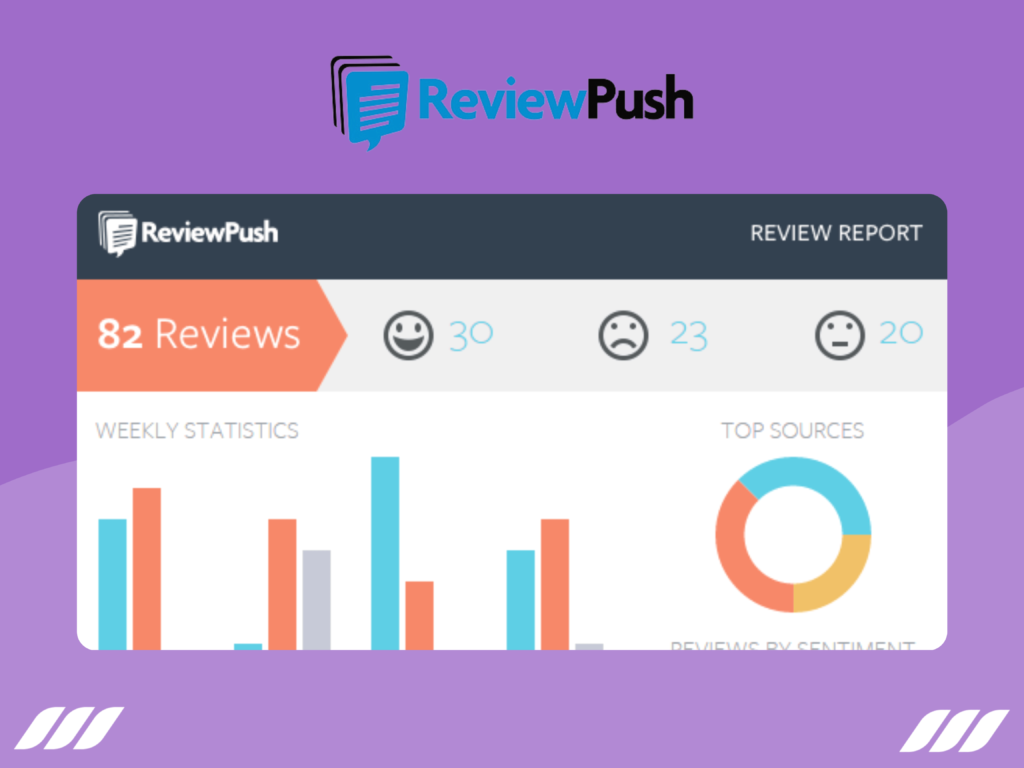

ReviewPush is a review management software that helps you collect, manage, and respond to customer reviews and comments.
With ReviewPush, you can monitor your reputation across multiple platforms, including LinkedIn, and receive alerts whenever a new review is posted. You can also respond to negative reviews and comments and turn them into positive customer experiences.
7. ReviewTrackers
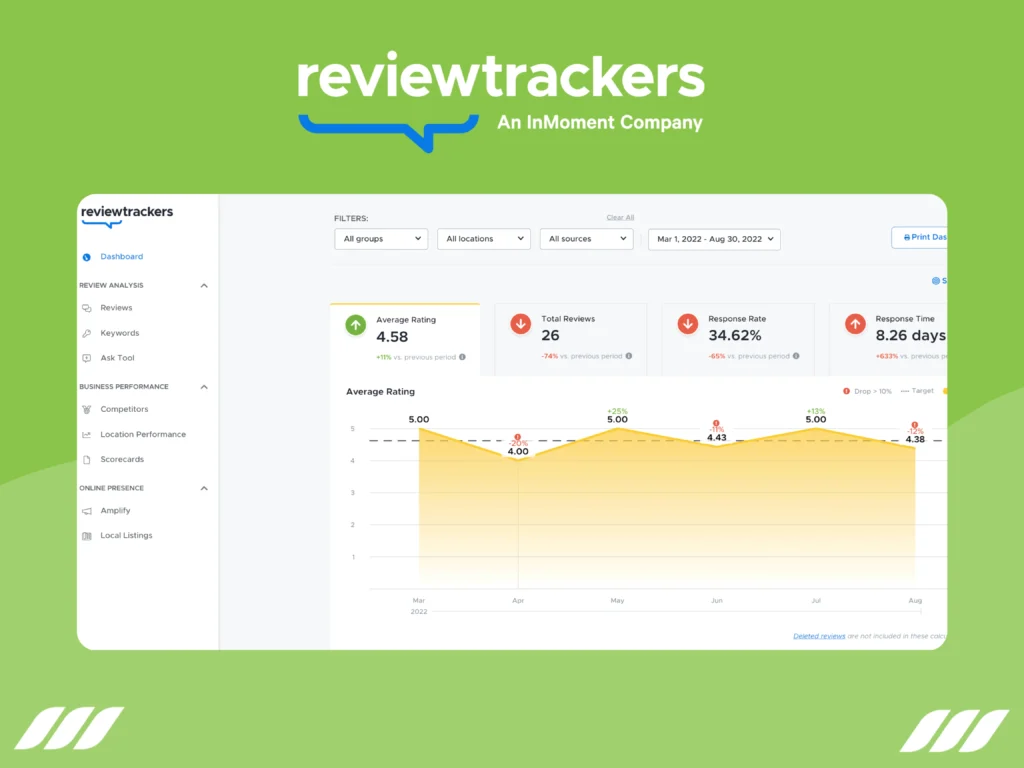

ReviewTrackers is a review management tool that allows you to collect and manage customer reviews and feedback from multiple platforms.
You can use this tool to monitor your online reputation, respond to negative reviews and comments, and gain valuable insights into customer sentiment.




Conclusion
Handling negative comments on LinkedIn can be a challenging task, but with the right approach and tools, it can be a fun and exciting opportunity to showcase your professionalism, communication skills, and problem-solving abilities.
Thankfully, now you know how to handle negative comments on LinkedIn.
By following the dos and don’ts of responding to negative comments and by using the right reputation management tools, you can turn negative comments into positive experiences and protect your personal and professional reputation in the process.
Whether you’re an individual or a business, your online reputation is your digital legacy, and it’s important to take care of it and make sure it reflects the best version of yourself.
Remember, every negative comment is an opportunity to turn a detractor into a fan, so be confident and professional. The digital world is full of possibilities, and with the right approach, you can make the most of them and build a reputation that you can be proud of!

![How to Write a Price Increase Letter [Tips, Examples, and Free Template]](https://dripify.io/wp-content/uploads/2021/12/27.png)
![How to Write an Effective Collaboration Email [+Templates]](https://dripify.io/wp-content/uploads/2023/05/13.png)



